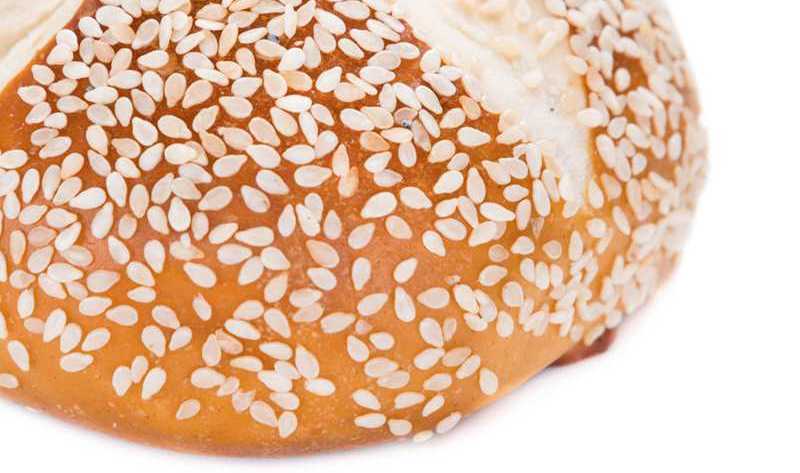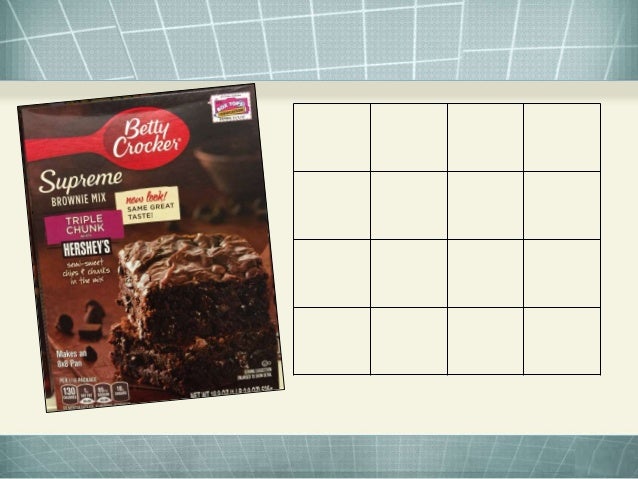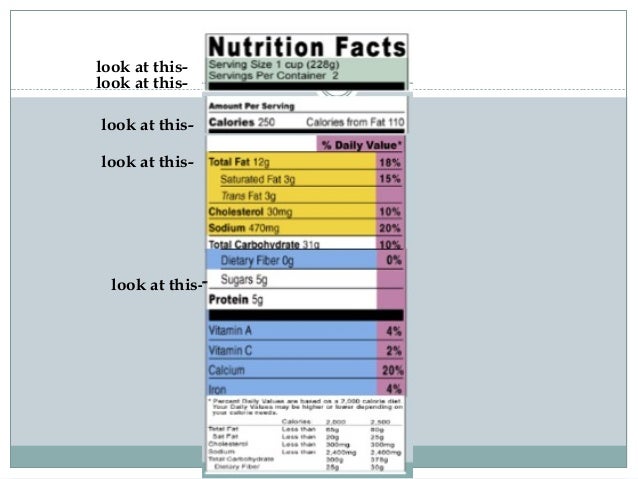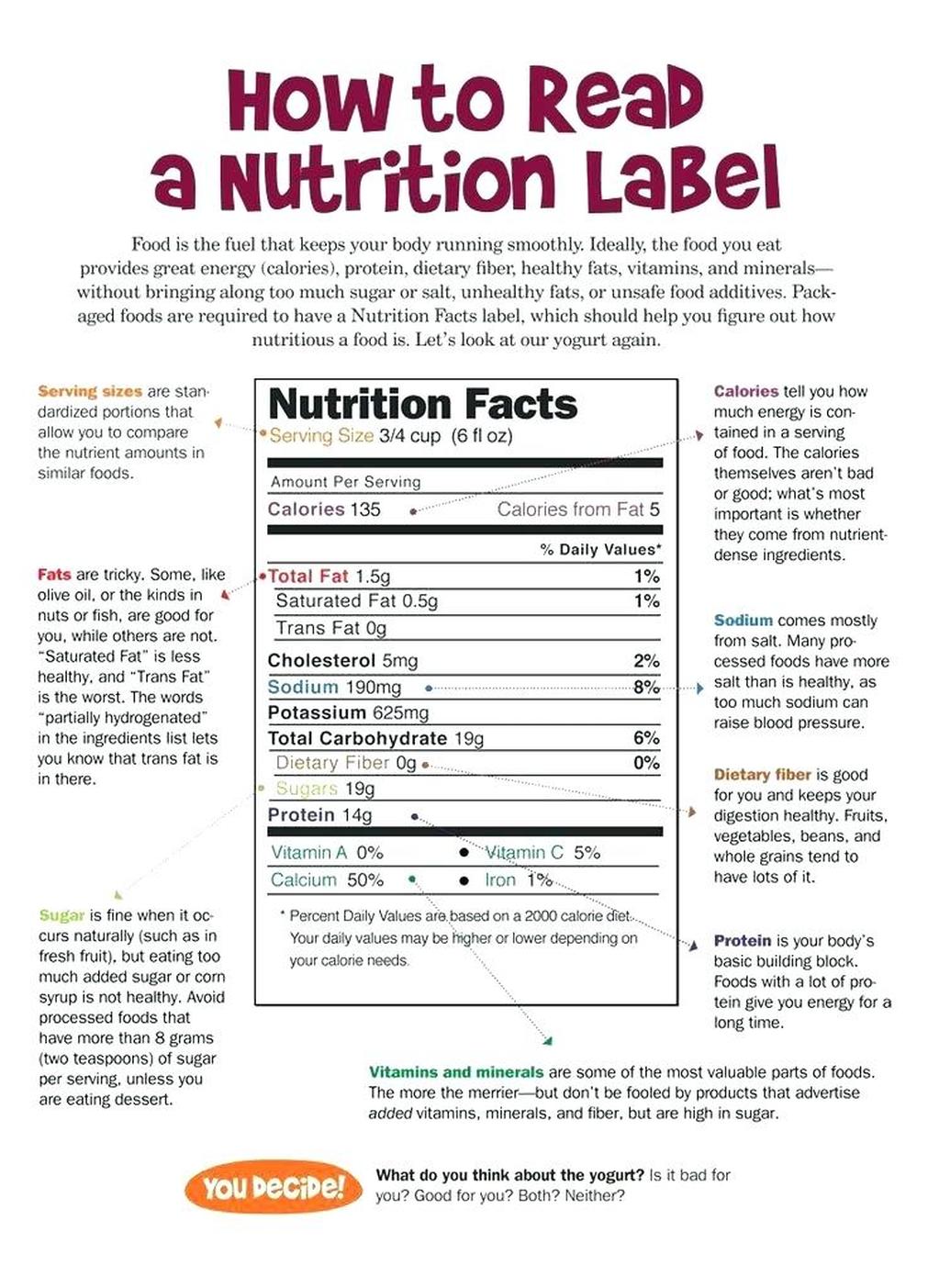42 how to read food labels in canada
Food labels - Canada.ca Food labelling changes About the improvements to the nutrition facts table and list of ingredients. Technical documents Documents for industry that outline rules for specific labelling requirements. Understanding food labels About nutrition facts tables, serving size, the list of ingredients, percent daily value and nutrition claims. How to read food labels: MedlinePlus Medical Encyclopedia Food labels tell you the nutrition facts about the foods you buy. Use the food labels to help you choose healthier foods. What to Look for Always check the serving size first. All the information on the label is based on the serving size. Many packages contain more than 1 serving.
How to read food labels, and the HIDDEN SUGARS in foods! In this video I use some items in my pantry to go over what food labels can tell us about what we're eating! The hidden sugars in foods, and why looking at t...

How to read food labels in canada
Reading food labels - Food Allergy Canada Choose a few food packages from your kitchen cupboards and read the labels carefully. This is an easy way to practice label reading. Remember to look for precautionary statements on the package. Give yourself more time for grocery shopping so you can read food labels carefully. Label Reading | Alberta Health Services Label reading the healthy way offers tips for making smart food choices. Nutrition information is found in three different places on food labels: Ingredient list Nutrition claims Nutrition Facts table Ingredient List The ingredient list tells you what is in the food. Ingredients are listed by weight from most to least. PDF CANADA'S NEW FOOD LABELLING REGULATIONS - ESHA Research A new footnote tells consumers how to use the percent Daily Value to make dietary choices. The new footnote text reads: "*5% or less is a little, 15% or more is a lot." 6 Caaa' N F Lall Rla OLD vs.NEW NUTRIENT CHANGES Nutrition Facts Serving Size 1/2 cup (80 g) Servings Per Container about 8 Amount % Daily Value Calories70
How to read food labels in canada. Health Canada answers your questions about food labels, allergens and more Requirements for labelling of food sold in Canada are set out in the Food and Drugs Act and the Food and Drug Regulations. The intent of the labelling regulations is to provide Canadians with the information they need to make informed choices about the foods they eat. Health Canada works closely with the Canadian Food Inspection Agency (CFIA) on issues related to food labelling, including the declaration of food allergens on the labels of prepackaged foods. The CFIA is responsible for all ... Understanding a food label - Canadian Food Inspection Agency A "Product of Canada" label means that all, or virtually all (generally 98 per cent), of the food, processing and labour used to make the food is Canadian. This means that these foods were grown or raised by Canadian farmers, and prepared and packaged by Canadian food companies. The claim "Made in Canada" means that the manufacturing or processing of the food occurred in Canada. PDF How to Read Food Laels & Understand Anada'S Food Guide Check the food label to see if your soy beverage is fortified with calcium and vitamin D. Choose yogurt with 2% milk fat (M.F.) or less. Some varieties are higher in calories and sugar. Check the food label. Look for reduced fat or lower fat cheeses. Lower fat cheeses generally have less than 20% milk fat (M.F.). How To Read Food and Beverage Labels | National Institute on Aging At the top of the Nutrition Facts label, you will find the total number of servings in the container and the food or beverage's serving size. The serving size on the label is based on the amount of food that people may typically eat at one time and is not a recommendation of how much to eat. Read more about serving and portion sizes.
10 misleading food product labels in Canada | CBC News 9. Kellogg's Nutri-Grain bars. Kellogg's found a place on the Marketplace lousy labels list for its Nutri-Grain bars. The company promotes the health benefits of its cereal bars by making ... Nutrition labels: Finding out about the food you eat Allergen information is mandatory on food labels as part of the ingredient list or on a 'Contains' or 'May Contain' list. Some packaged food may also have nutrition claims . These claims can describe the amount of a nutrient in a food, for example: "low fat", "reduced sodium", or make statements about the effects of a certain food on a person's health. Understanding Food Labels in Canada - Unlock Food Step 3: Look at the percent daily value (% DV) The percent daily value (% DV) shows you if a food has a little or a lot of a nutrient. 5% DV or less is a little of a nutrient. 15% DV or more is a lot of a nutrient. The % DV is meant to act as a benchmark to determine if that food is high or low in a certain nutrient. Most Canadians don't understand food nutrition labels Canadians want easier-to-read labels, more legible fonts, simpler terms and the use of colours and symbols. The government is considering making adjustments, such as regrouping all sugars, changing font sizes and standardizing portion sizes. These are welcome changes, but more comprehensive solutions are needed.
PDF Label Reading the Healthy Way - Alberta Health Services Choose fewer processed and packaged foods. Look for unsalted, low salt, and no-added salt foods. Read ingredient lists on packages. Limit foods with salt, sodium, or soda as one of the first 3 ingredients. Compare brands. Choose foods with 15% or less DV for sodium. Fats Fats found in food can be unsaturated, saturated, or trans fats. Use food labels - Canada's Food Guide All foods with a claim must meet certain criteria but some foods may not have a claim even though they meet the criteria. Food allergen labelling: provides information to help you avoid specific food allergens or sensitivities. Date labelling: provides information on how long your unopened food product will last and the safety of certain products. The most common types of dates are "best-before," "packaged on" and "expiration" dates. How to Read Nutrition Labels Like a Pro - Reader's Digest Canada How to Read Nutrition Labels in Canada, Line by Line Serving Size. When it comes to learning how to read nutrition labels, the first place to look is the serving size. Located directly under the "Nutrition Facts" title at the top of the list, it displays the amount of fat, calories and nutrients you're consuming. Nutrition labels to be 'easier to read,' Health Canada proposes Nutrition labels on food packaging under microscope in U.S., Canada. Lower sugar intake to less than 5% of daily calories, WHO says. The changes will make it easier to read and understand labels ...
How to Understand and Use the Nutrition Facts Label | FDA It's important to realize that all the nutrient amounts shown on the label, including the number of calories, refer to the size of the serving. Pay attention to the serving size, especially how ...
Canadian Food Consulting Services - Food Labels Canada Food labels Canada assists domestic and international food companies with their food product labeling to ensure 100% compliance with the Canadian Food Inspection Agency label requirements. These regulations are under the Safe Foods for Canadians Act, the Food and Drugs Act, and Consumer Packaging and Labelling Act.
How To Read Food Labels For You Ethical Shoppers... Ingredients listed. Reading food labels can be a chore! Ingredients are always listed in order from greatest to least amounts. For instance, if a jar of tomato sauce says something like tomatoes, water, citric acid, basil, oregano, salt we can conclude that it is mostly tomatoes with not so much salt. However, if the label reads sugar, tomatoes ...
How to Read Your Food Labels - drklearman.com The first thing listed on the label is the amount of food item per container and then the amount of nutrients per single serving. The serving size is set as a typical serving of that food item and is reported in both standard (cups) and in metric (grams) measurements. When interpreting a food label, the serving size is extremely important.
Understanding a food label - Food Labelling in Canada (Mobile) DATE MARKING. "Product of Canada" and "Made in Canada" claims have specific guidelines that must be met in order for companies to use the claim. A "Product of Canada" label means that all, or virtually all (generally 98 per cent), of the food, processing and labour used to make the food is Canadian.
Making sense of Health Canada's food labelling regulations Read the ingredient list Ingredients are listed in descending order by weight. The first or heaviest ingredient is what the product contains the most of. The ingredient list has been updated so...
How to Read a Pet Food Label - Being Sunnies Understand the distinction between low-calorie and low-fat pet foods. A pet food labelled "light" or "low-calorie" must contain significantly fewer calories than comparable pet food. If you read the words "lean" or "low-fat" on a label, the pet food must be below a certain fat content standard set by the AAFCO.
Food Labelling Regulations - Ontario U.S. Regulations: U.S. Food and Drug Administration provides Food Labelling Guide for foods under the Federal Food Drug and Cosmetic Act and its amendments. Federal Register On-Line (U.S. Regulations) the official daily publication for rules, proposed rules, and notices of Federal agencies and organizations, as well as executive orders and ...
PDF How to Read the Food Label - Risk Services Look for low- sodium foods with less than 140 mg per serving. Track the total amount you eat. Fiber. Aim for 25 to 38 grams of fiber per day. Sugars: Limit added sugars. Some vitamins and minerals may be listed with DV in one serving. Percent Daily Values (DV) tell you how much you should be eating based on a 2,000 or 2,500 calorie diet.
Food Labelling - Canadian Celiac Association Quick Guide to Reading Labels for Gluten-Containing Ingredients Here is a quick guide to checking labels for gluten-containing ingredients that you can print off and put on your fridge, or save as an image to your phone. Download our Label Reading Guide How to Read a Label for Gluten-Containing Ingredients
Understanding food labels - Canada.ca Find information on food labels and how to understand them. Learn about nutrition facts tables, serving size, list of ingredients, % daily value and nutrition claims.
PDF CANADA'S NEW FOOD LABELLING REGULATIONS - ESHA Research A new footnote tells consumers how to use the percent Daily Value to make dietary choices. The new footnote text reads: "*5% or less is a little, 15% or more is a lot." 6 Caaa' N F Lall Rla OLD vs.NEW NUTRIENT CHANGES Nutrition Facts Serving Size 1/2 cup (80 g) Servings Per Container about 8 Amount % Daily Value Calories70
Label Reading | Alberta Health Services Label reading the healthy way offers tips for making smart food choices. Nutrition information is found in three different places on food labels: Ingredient list Nutrition claims Nutrition Facts table Ingredient List The ingredient list tells you what is in the food. Ingredients are listed by weight from most to least.
Reading food labels - Food Allergy Canada Choose a few food packages from your kitchen cupboards and read the labels carefully. This is an easy way to practice label reading. Remember to look for precautionary statements on the package. Give yourself more time for grocery shopping so you can read food labels carefully.












Post a Comment for "42 how to read food labels in canada"